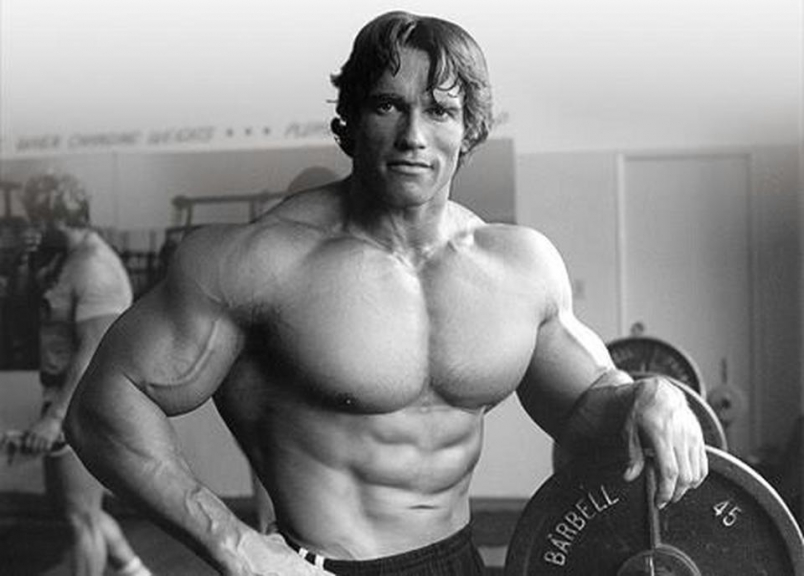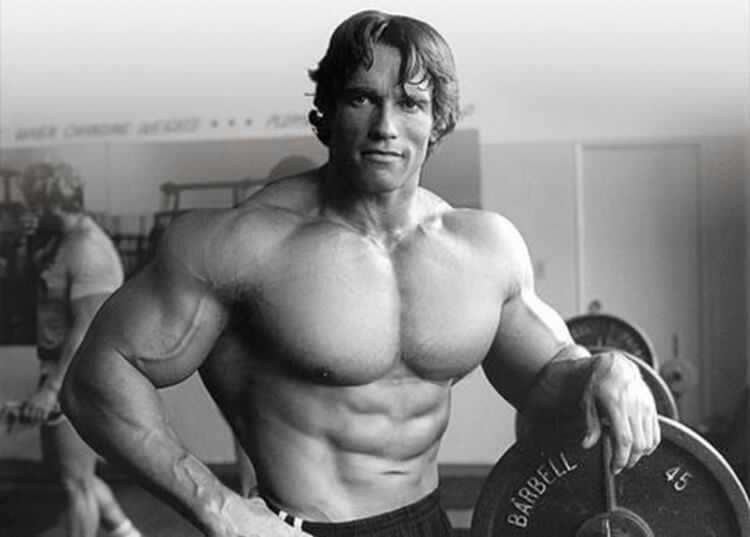
Q: “I’m a middle-aged lifter seriously considering starting cycling. With the last 10 years straight being consistent and I think good quality training, and many years before that being off-and-on, more of the same isn’t likely to add much more for me. I’m a lot more interested in what the guys were doing in the 70s and early 80s though. It seems like they were relying largely on synthetics and didn’t use large amounts of testosterone. The back acne, back hair guys at the gym however tell me testosterone is king. But their look isn’t what I’m aiming for. How do I choose steroids like when the physiques were classical?”
A: You’re right of course that back in the day, testosterone tended not to be used in large amounts. A very common testosterone usage then was only 1 mL per week, or only 200 or 250 mg/week.
While their basis for this was not chemical reasoning but observed results, the reasons fundamentally were that an enzyme in the body (aromatase) converts a portion of testosterone into estradiol, which is an estrogen. Abnormally elevated estradiol can cause gynecomastia, acne, and water retention, all of which they wished to avoid.
At doses such as the above, estradiol typically remains in the normal range and only in particularly sensitive individuals is there any noticeable adverse effect.
Without an antiaromatase drug, as testosterone dosage increases beyond that, estradiol levels tend to increase outside the normal range. In terms of being bothered by effects other than sometimes facial or back acne, many have no substantial estrogen problems at doses of even two or three times the above. In terms of measured estradiol levels, however, higher doses do ordinarily cause abnormal elevation.
Since there were no anti-aromatase drugs available back in the day, aromatization was an excellent reason to limit testosterone use.
Today, anti-aromatase drugs such as letrozole are readily available. If using an anti-aromatase, then testosterone dosage doesn’t need to be limited for this reason.
In terms of general physique look, other than effect on estrogen I don’t find there’s any difference between the different anabolic steroids or between different dosage levels. The only questions are anabolic effectiveness, side effects, cost, availability, personal preference, and genetics. Not genetics regarding what anabolic steroids will work for the individual, but genetics for the sort of physique that will result from training, nutrition, and drug use.
And also, to a certain but very limited degree, the milligram amounts needed are genetic.
The relatively low milligram amounts used by many past bodybuilders I believe was due to their genetics. A very small percentage of users does remarkably well on very small doses. Their success with such dosages says nothing about what most need to do. I would not base your dosage on results achieved years ago by the genetic elite. I have only very rarely seen anyone do remarkably well with minimal doses.
As you’re looking for substantial but not necessarily maximum possible results and you sound more health-oriented than extreme-results oriented, there’s no need to get complex. I’d use at this point a minimum of 500 mg/week total and up to 750 mg/week. Not that more than this cannot be used, but it sounds as if you do not need it. This could be with testosterone as the only anabolic steroid, preferably combined with an antiaromatase such as letrozole. Preferably, estradiol level would be measured by blood test after 2 weeks, and the antiaromatase dose adjusted if needed.
Another choice would be to use testosterone at only 200-250 mg/week, and make up the balance with Masteron, Primobolan, or trenbolone.
Still another choice would be use Masteron or Primobolan at 500-700 mg/week, or trenbolone acetate at 50-75 mg/day, and add HCG at 700-1500 IU per week. HCG is another way of providing testosterone, by stimulating your testes to produce it.
Actually there are more possibilities than these, but those would do fine for you.

About the author
Bill Roberts is an internationally-recognized expert on anabolic steroids and performance-enhancing drugs (PEDs). He received a bachelor degree in Microbiology and Cell Science and completed the educational and research requirements for a PhD in Medicinal Chemistry at a major American university.
Bill entered the nutritional supplement industry prior to completing his doctoral thesis but his education was invaluable so far as being able to design/improve nutritional supplement compounds, since it was in the field of designing drug molecules and secondarily some work in transdermal delivery.
His education was not specifically "geared" toward anabolic steroids other than expertise with pharmacological principles having broad applications. This has allowed Bill to provide unique insight into the field of anabolic pharmacology with knowledge of points which he would not have known otherwise.
Would it be ok to add dianabol and use trenbolone hexahydrobenzilcarbonate as an alternative to the third choice?